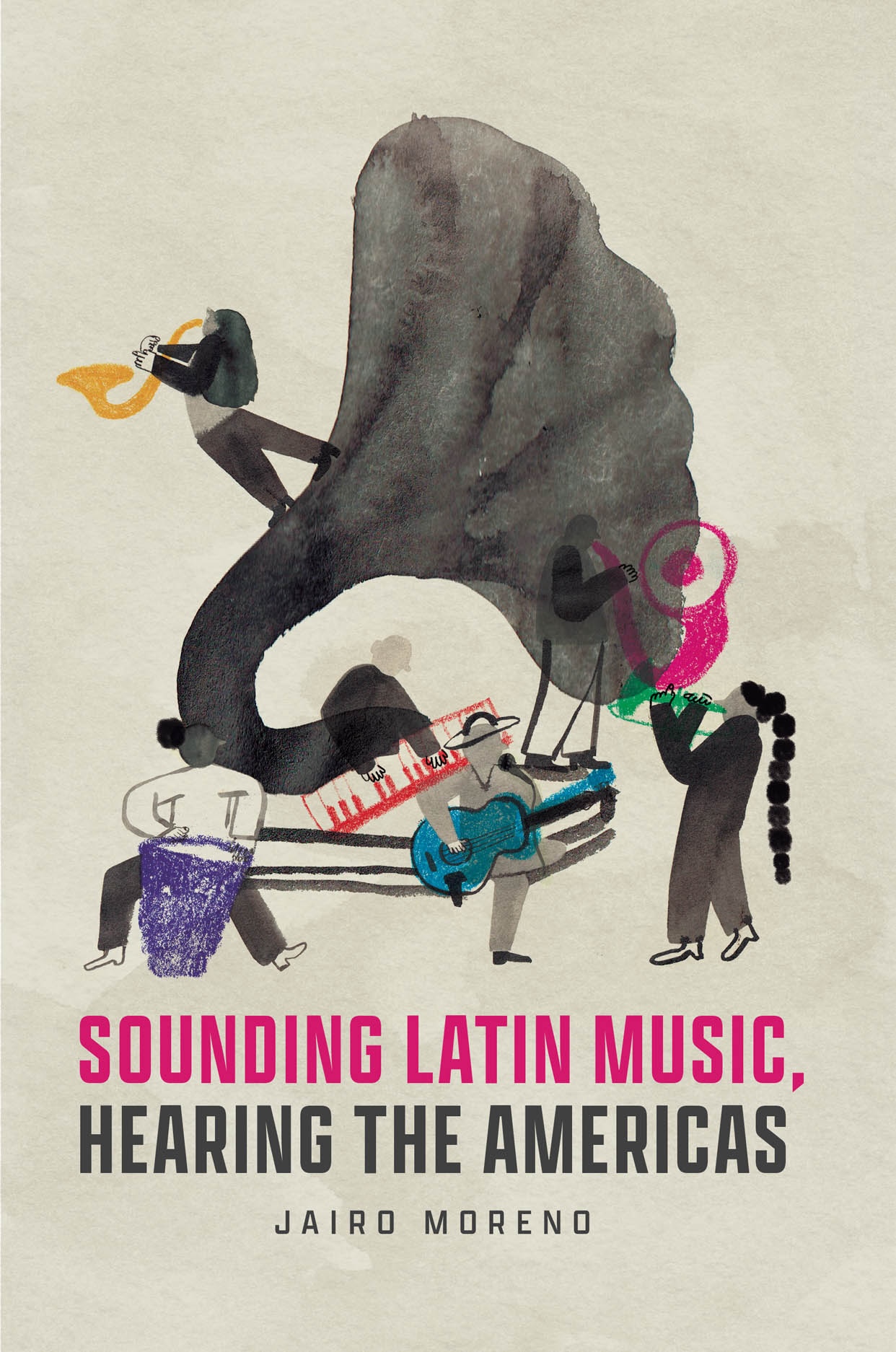Salsa, Shakira, and the Reach of Latin American Music
A new book from musicologist Jairo Moreno highlights musicians who have immigrated to the United States and the transformative power of their work
When musicologist Jairo Moreno immigrated to the United States from Colombia in the 1980s, he arrived as a professional musician, and after earning a degree from the University of North Texas, moved to New York, where he began playing bass with some of the city’s finest musicians. Years later, reflecting on his time as a performer, he sought an outlet to characterize his lived experience as part of the lineage of Latin American music in and as American history. The result was Sounding Latin Music, Hearing the Americas.
Moreno’s book highlights artists who have immigrated to the United States and reveals the transformative power of their music, from affecting a single person in a given moment to changing cultural identities over generations. “A lot of us who are immigrants, who go and settle elsewhere, at some point have to reckon with that event, the decisive event in our lives, leaving it all behind, seeking new lives and fortunes elsewhere,” says Moreno, a professor in the Department of Music.
At the book’s core, Moreno grapples with the history of and impropriety behind the phrase “Latin music” and the delicate relationship between its audience in the United States and the musicians’ countries of origin.
“In their countries, tensions emerge in connection to national belonging and to broader notions of Latin American history and sociopolitical orders,” Moreno explains. “At home, their music generates either immense national pride or suspicion for national betrayal. Regionally, their music provides a sonic index of Latin American resonance in the world at large; it addresses the continent, and in turn, the continent addresses the world.” In the U.S., he adds, this music elicits questions about how the country experiences monolingualism, race relations, the arrival of immigrants, cultural industries, cultural ownership, and more.
Moreno traces these relationships from the late 1960s New York City music scene dominated by Afro-Cuban salsa through the progressive music of the 21st century and the future of jazz. And he delves into musical visionaries like Panamanian singer and songwriter Rubén Blades and Colombian popstar Shakira, among many others. Shakira’s music and versatility, in particular, allow Moreno a focal point to discourse on the relationship between Latin American music and its global audience.
Shakira first emerged on the world stage in 1995 with “Pies Descalzos,” a number one hit in eight countries and a platinum-selling album in the United States. Some critics view Shakira’s music as expansive, representing “a smooth transition from Colombia to Latin America and from there to the world, most importantly one that folds each of these planes into the other without making any of them disappear,” Moreno says.
By researching popular music like Shakira’s, Moreno taps into an oft-overlooked part of the music history landscape, which tends to focus on highbrow genres shaped by elite understandings of Latin American national narratives. Through this lens, Moreno’s book accentuates the substantial way that popular music has also affected cultural history.
Ultimately, with Sounding Latin Music, Moreno says he aims to offer a more accurate intellectual framework with which to consider Latin American music, to provide a unique perspective on the influence of this music, both in the U.S. and Latin America. After all, he is writing from the perspective of someone who shares this history—growing up in small-town Colombia, studying music in college and for his Ph.D., playing “late-night gigs” with jazz musicians in New York City.
Moreno sees this as “an epochal moment in which there is a concentration of incredible talent,” talent that has thrust immigrant music-making into the global spotlight. The result, he says, is a greater integration of the hemispheric poles in the Americas—felt musically.




